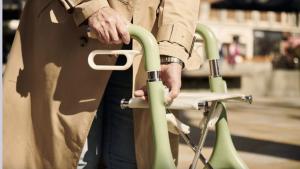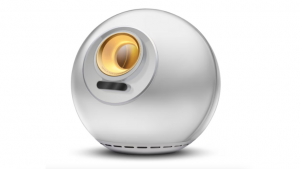Earlier this month, the Guardian predicted that ice-cream sandwiches would be the next big food trend along with insect meals and tree water. While these dishes are equal parts weird and delicious, dietary restrictions could prevent a number of people from enjoying a trendy entrée of cumin meal worms. Experience designer Jinsoo An sees this as an opportunity rather than a stumbling block. An and his team of chefs, mixologists and designers have been developing a “gastronomical virtual reality experience.” Project Nourished asks us to envision a world where instead of counting calories or shying away from allergens, we simply experience the foods we love in virtual reality.
To create a convincing experience, An taps into the elements that make up how we remember a meal: vision, taste, texture, smell, consistency and sound. So instead of eating a sugar-packed slice of chocolate cake, you’d eat 3D-printed rendition of what a chocolate cake feels like, tastes like and sounds like when chewed and swallowed in an environment synonymous with the joy of sinful eating.
While still in its developmental phase, the team plans to create these sensations using a number of modules. An aromatic diffuser would be used to dissipate the smell of various foods using ultrasonic and heat. A virtual reality headset would be used to transport the user into a specially designed environment and alter the aesthetics of food so that it doesn’t look like you’re eating a 3D-printed cube.
To enhance the sound of the meal, the team plan to use a bone conduction transducer. The device mimics the chewing sounds that are transmitted from the diner’s mouth to ear drums via soft tissues and bones. To replicate the diner’s movements in the VR world, a gyroscope and food detection sensor will be incorporated into the eating utensil and a glass with built-in sensors will house the specially mixed, non-alcoholic cocktails designed to simulate intoxication.
Lastly, and most integral to the project, the 3D-printed food serves as a vehicle for articulating taste, texture and consistency. Its low caloric properties make it the perfect meal.
By combining these tools, An believes he can mimic a surprising amount of eating experiences. He believes the project could have applications in weight loss programmes, aid people with dietary restrictions and remote dining to name a few.







